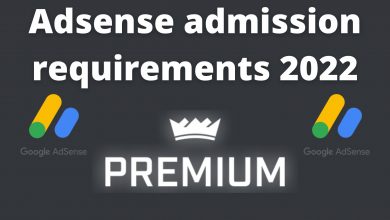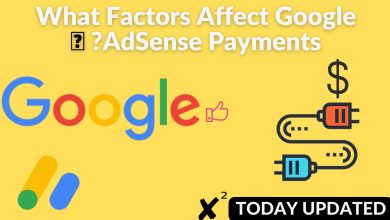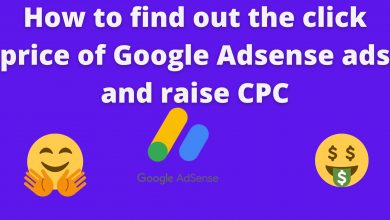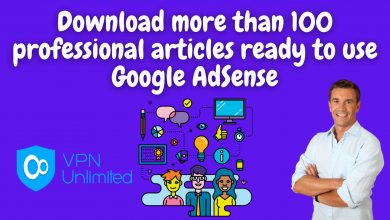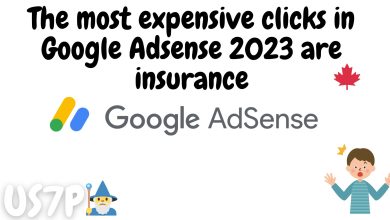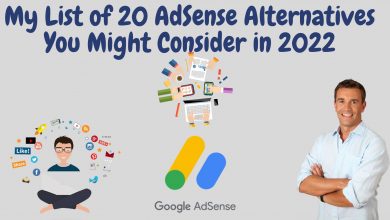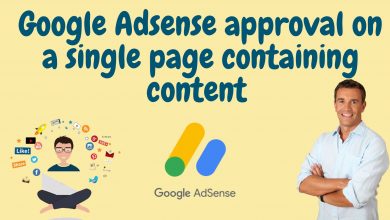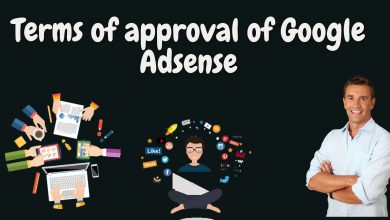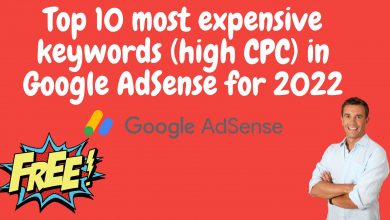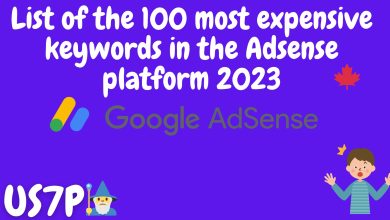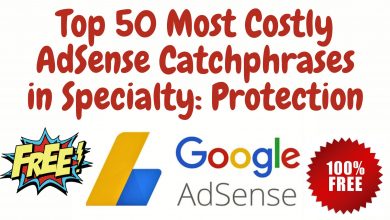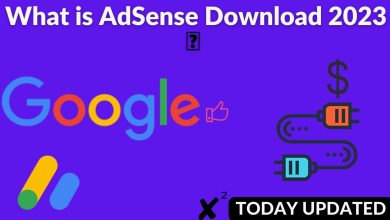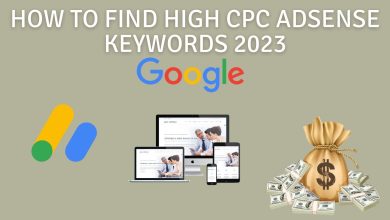11 Best Ways to Increase Adsense CPC and Increase Income to $100 per Day
My friend Adsense is a site that displays ads and earns profits according to the content that is published on your website – the higher the quality of the content, the greater the results of profits

When you place AdSense blocks on your site’s web pages, you get a percentage of what advertisers pay Google.
Currently, this is 80% of the bid price for this ad. So if someone pays Google $2 for each click on a certain ad for a particular keyword, you get $2.68 every time your visitor clicks on that ad if Google places it on your page.
What you have to do is do your best to maximize your CPC price so that ads on web pages and blog posts earn you the most money every time a visitor clicks on them.
This includes getting Google to place the highest possible value on the ads on your pages. You cannot determine CPC for published ads on your own – Google decides this based on several aspects of a web page / YouTube / website.
There are two factors in common here: CPC and CTR (click-through rate) – the latter is the percentage of visitors who actually click on an ad instead of just reading the page’s content and ignoring the ads.
A higher CTR is often better than a higher CPC.
Thus, if you get a 2% CTR with $0.75 CPC ads (2 visitors per 100 ad clicks), this is better than a 1% CTR with $1.20 CPC ads.
With the former, every 1,000 visits will make you $10.20 (68% of $15) while with the latter you will make only $8.16. So CTR matters, not just earnings per click. It’s the number of clicks that often make your money, not always the cost per click.
These are just examples, and your income per 1000 visitors will depend on how relevant the AdSense ads are to your visitors and the placement of the ads on your site. There’s also a lot you can do to improve your CTR, but let’s focus first on how to attract the best paying ads: the ones with the highest CPC.
1. The best way to get real visitors
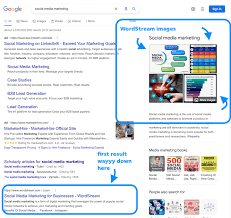
This is tip #1 on how to increase your AdSense CPC. Many leave it to the end or not even mention it at all. I see that if your visitors don’t focus properly on your niche, they won’t click on ads related to it. You must ensure that your traffic is looking for what you are advertising.
Many people use AdSense on their sites assuming that Google will provide relevant ads. As you will soon learn, this is true. However, while you may mistakenly believe that your CPC will not change due to failure to achieve this relevance to your page, your CTR will certainly change. Few will click on an ad that is not related to the keyword or phrase they used to reach your site.
Google uses many metrics when determining which web pages get the highest paying clicks, and one of those metrics is almost certain to be the click-through rate of the ads you provide. The higher the CTR for a URL, the higher the CPC you are likely to get when your AdSense ads are refreshed on that page’s URL.
Google’s AdSense customers are the advertisers, and the company will do everything they can to make sure those paying advertisers get good value for money – or a good click conversion rate. If you don’t attract visitors to a webpage or blog post with a high interest in the topic of the page or post, your CTR may be low. Read our post to increase your site traffic .
Not only that, but some of these visitors may click on ads just to see what they are – without the intention of buying. Google’s terms of service are very strict with AdSense, and you may find that your account is canceled for life if you get too many clicks on your site that never leads to a sale.
It is very important for your web page to be relevant to a particular keyword in order to receive ads targeting that keyword, and it is also important for your visitors to have a strong enough interest in that topic for them to click on the ad with a serious look to purchase a product.
Otherwise, Google has its own way of analyzing your site’s performance, and you may experience a drop in high-cost-per-click ads on your pages. So make sure that the visits to your blog or website follow direct links or ads promoting your specific niche.
2. Post your best results
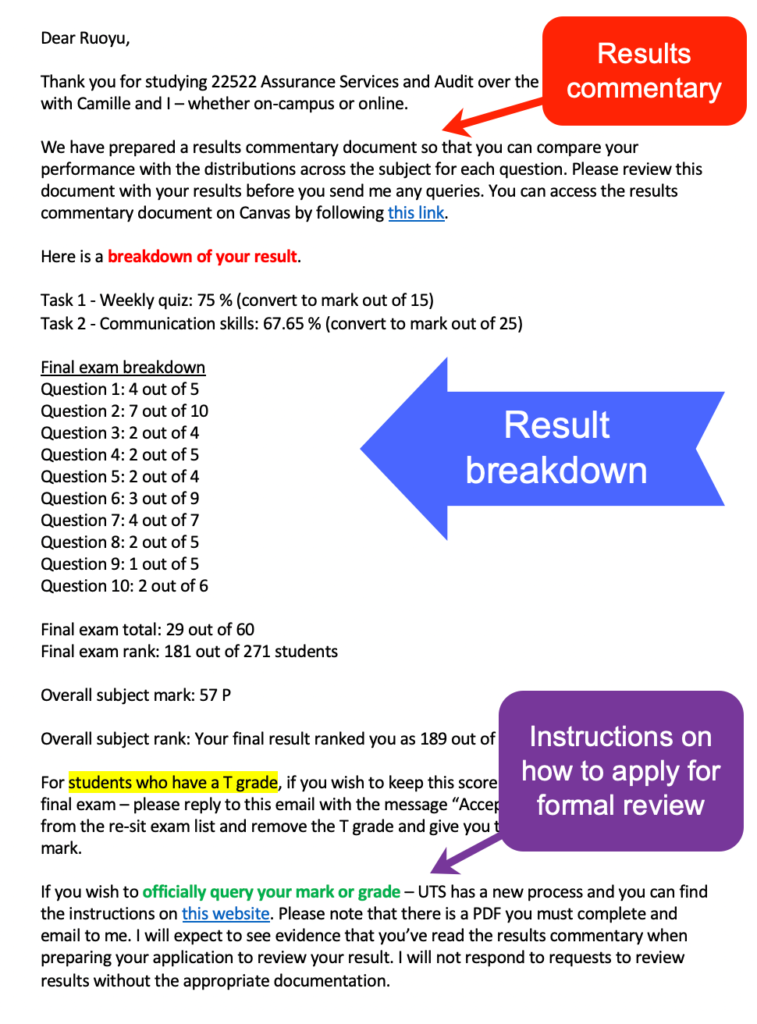
The second tip on how to increase AdSense CPC is just as important. You should research your niche for the highest paying keywords. The way AdWords works is that advertisers bid on keywords. The more they pay per click for a particular keyword, the higher their ad in Google SERPS will be.
Prestige irrelevant – what’s relevant is what each advertiser is willing to bid for the first position or even the #1 position of their Google SERPS ad for that keyword.
Take what you get : As mentioned earlier, you can’t choose which AdWords ads you want to appear in your AdSense blocks. Google decides this according to how relevant your page is to the keyword. You may get ads that appear on page #1 of the SERPS or on page 20. It is clear that advertising on page #1 costs much more per click than that on page 20 – so your 68% share is similarly greater.
Choosing keywords : This means that you should also know what keywords you should use for pages containing AdSense and the semantics you use on the page. Google uses an algorithm very similar LSI algorithm to determine the meaning of your page. The ads he places on that page or blog post will be related to the Google algorithm display of the content of that page. If you want to target expensive keywords, select one and design the entire page around it.
AdSense SEO basics : The title tag and meta description must include the target keyword, as with at least one H1 header and one H2 title. The vocabulary you use in your page content must be intrinsically related to the target keyword, and it must have the “alt” attributes of your image. With regards to AdSense, classic SEO techniques definitely help to ensure that you get the highest CPC ads included on the page.
Do your research, and select the keywords targeted by the highest paying ads – highest AdSense CPC. Optimize your web pages or blog posts for these keywords if you want to get the highest CPC ads for them. However, the content of the entire domain is also important.
3. The scope of the entire site
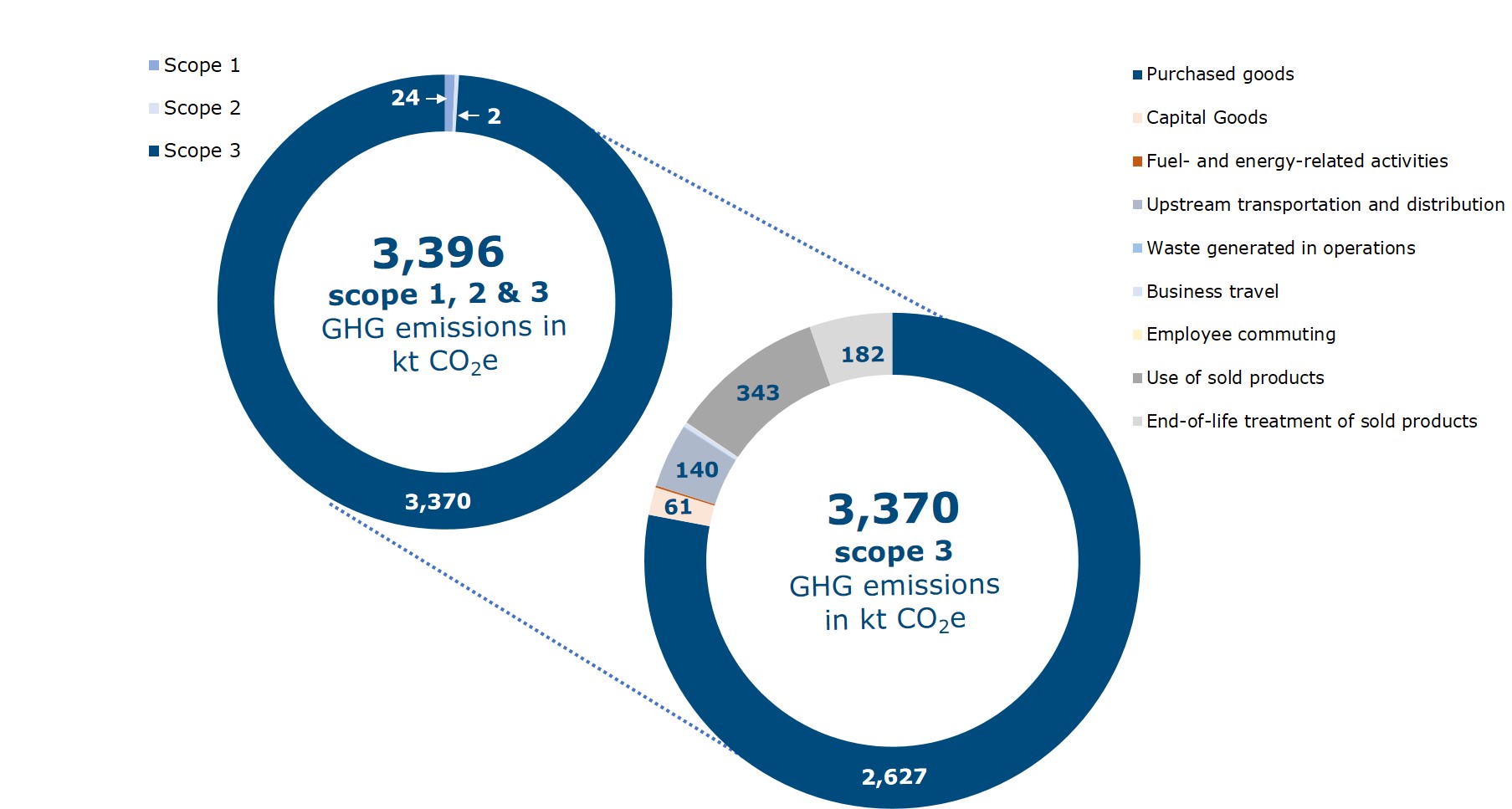
Google is not stupid and will take the entire domain topic into account. You cannot publish pages on a variety of topics and expect to receive relevant advertisements in all of them. Google will consider your site’s entire authority and suitability for the highest paying keywords. An authority site may be rewarded with higher priced keywords because Google takes care of its advertisers.
If your site is not viewed as focused on a particular keyword, you may be awarded the lowest priced keywords – based on the content of that page rather than the general authority of your website or blog regarding the main target keyword.
So be realistic with your AdSense income expectations, because Google will not give you the highest CPC ads unless you are sure that your blog will provide their customers with a good service that will attract quality clicks from visitors who are really interested in the product or service they are advertising. One way to convince Google to increase your average CPC is to convince its algorithms that your domain is an authority over the specific keyword you’re targeting.
4. Ad size with content
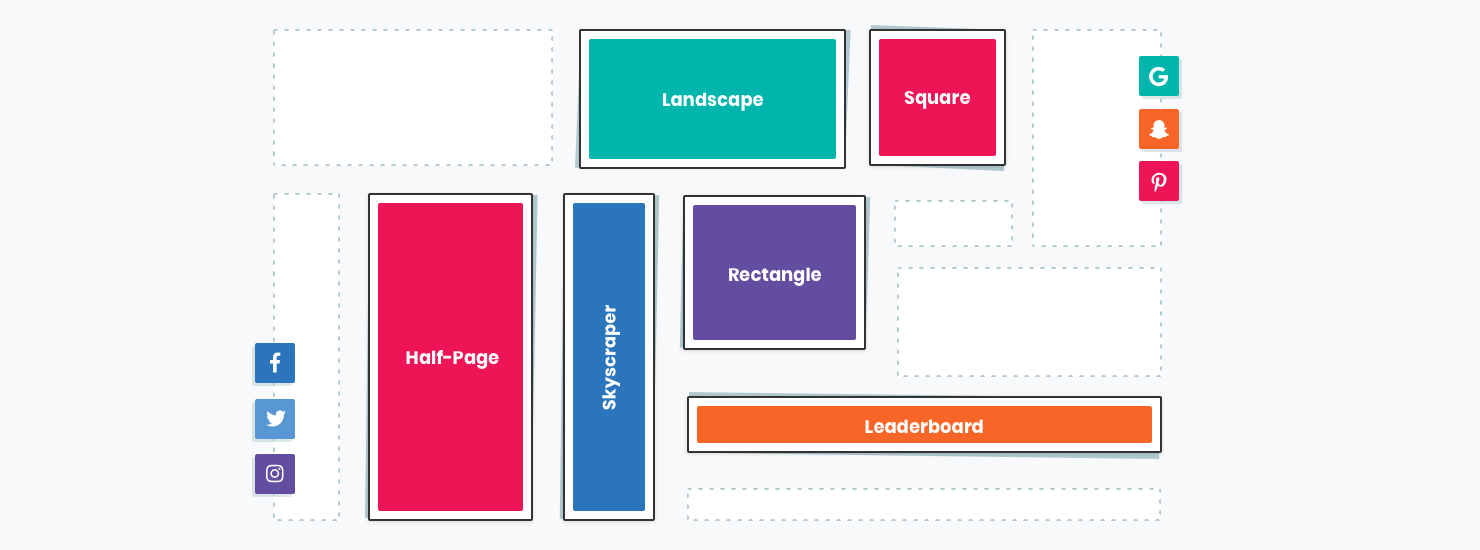
You are allowed as many AdSense blocks as you want on your page. However, don’t add too many ad units unless the content or blog posts are long enough to justify it. Consider what you read above: Google divides ads according to your content!
If your content is not enough to give the Google algorithm enough information to block your ad, you may find your page contains irrelevant ads and even some generic ads! These are generic ads that are irrelevant to your niche, and will lower your average CPC significantly. Many people get better results with just one or two ad groups on short content pages, because all the ads will focus more on their topic and a higher average CPC if two or more blocks are posted.
5. Check where the ads are

You can place ads right at the top of your page, in the middle, or at the bottom of your page as a footer on every page or anywhere else you want. Google usually serves you the highest paying ads that are prepared to give you in the first slot loaded. Are you aware of the upload order of each item on your blog or website page? If not, check the source code (Ctrl + U) or worry about the theme developer.
The first AdSense block that appears in the source file will be the first block that Google finds. This block is usually given higher CPC ads, with lower CPC ads provided in those blocks that are loaded later.
Split test for AdSense ads
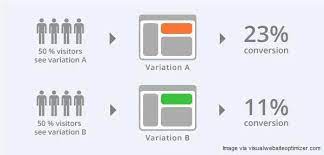
It would be helpful to do split testing to establish the best way to increase your AdSense CPC. Run a few days with just one ad block and a few days with two. In theory, your CPC should be better with CPC only because that should be filled with higher paying ads. Other split tests:
- A one-headed ad vs a block of 4.
- Video ad vs text ad
- One ad at the end of a post versus one ad at the beginning.
- Compare different sites
- Use channels (see next tip)
If you find that the in-house ads are working well despite you using a lead ad, this tells you that readers are going deeper into your blog before clicking on the ads. Many people will avoid clicking on vertical ads because it takes them away from the information they are looking for. Once they read your blog post, they may be open to clicking on ads.
In this case, one or two AdSense ads at the bottom of the page or at the end of the post may perform better than the one at the beginning. Considering that Google is likely to offer the highest AdSense CPC for the first ads posted on your page, you might achieve more by using only one ad block in a position where testing indicates you are likely to get the most clicks.
6. Use AdSense Channels to Increase AdSense CPC
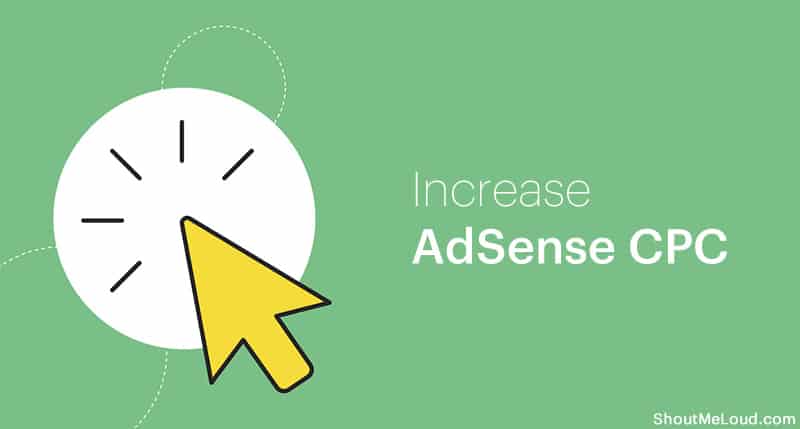
You can set up your own tests using AdSense channels. You can create custom channels to generate CPC and CTR for individual ad groups. Measure the performance of each channel over a period of 2-4 weeks, then tailor your AdSense strategy to the results. Channels can be created for individual ads or ad blocks.
This enables you to delete any low-performing blocks, or change their position on your page. Google may serve higher paying AdSense ads to those ads with better performance. This is because these advertisers pay for the maximum offer. Bidding higher for a particular keyword not only gets you at the top of page #1 of the Google SERPS for that keyword, but also shows you the best performing ad blocks on the best performing web pages.
Custom channels enable you to generate CTR and CPC for each of the individual ad groups or even individual ads. You can determine if a single banner ad pays more than the combined income from each ad in a block of 4 ads in the same position on your page. You can also set up channels to compare ad sizes.
7. AdSense text, image, and video ads

During testing and custom channel analysis, keep in mind that some people prefer text ads over image ads, and some prefer video ads. Many expect AdSense ads to be text links, and they deliberately avoid them.
However, they may click on a photo and maybe click more to watch an interesting video. Google classifies videos as image ads – you get a click registered when you click on a ‘play’ video. The entire video doesn’t need to be played – just that first click on the play button.
Always keep in mind that you don’t have to worry about what your visitors do after clicking because that’s all you pay for. Attract that click! It doesn’t matter if the video is of poor quality – or even if it fails to play! You get paid per click! With AdSense, your job is to convince visitors to click. When looking for ways to increase your AdSense CPC, your task is to increase the price of that click.
Video ads can get clicks even just for the sake of interest value – many people will watch a video that they wouldn’t even dream of clicking on a text ad. This is why it is so important to test the different ad formats that AdSense offers. Channels might be the best way for you, although some have their own ways of doing this – generally by posting optional ads for a short period of time and comparing the results.
8. Why does Google recommend image and video ads

You can only show one image or one video ad at a time – you can’t display a row of image ads and you can display text ads. This focuses the visitor’s attention on a single ad. The most popular advertisers, manufacturers and service providers prefer to promote their brand. This means having a logo or other image included in their AdSense ads.
This also means that they are more likely to create videos to promote their business. Such ads tend to pay more per click than simple text ads – but only if the video content matches well with the content of your page.
9. Improve AdSense CTR for higher income online
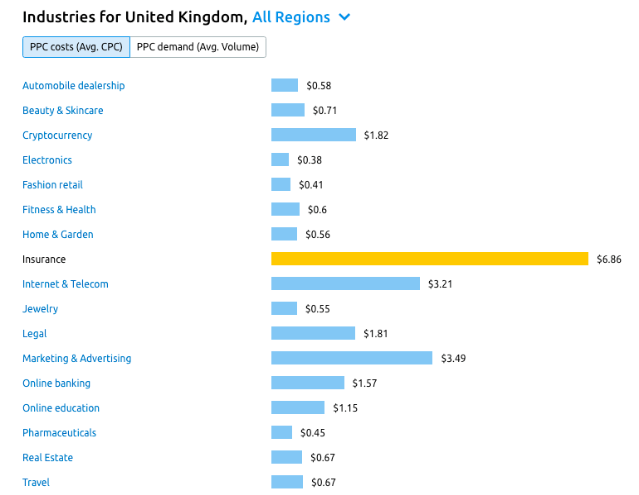
We have indicated that your AdSense click-through rate (CTR) is the percentage of visitors to your page who click on an AdSense ad. So, if you have 20,000 visitors every month, and you get 40 clicks on your AdSense ads, your CTR is 0.2% If you get 500 clicks on your ads, your CTR is 2.5%. Regardless of CPC, you want your CTR to be as high as possible.
We provided some examples of income at the beginning of this blog post, and here are some more. If the average CPC that Google pays you is 40 cents, the above examples will give you a monthly income of $16 and $200. If you can increase your CPC to 80 cents, you will earn from $32 to $400 per month. The higher the CTR, the better for you – you have more control over it with ad placement than you have with CPC!
Some people earn thousands each month using AdSense on multiple sites. However, even with one blog, you have no reason not to maximize your income using some basic common sense: place your AdSense ads in those areas of your website or blog where people tend to spend the most time.
10. Using heat maps

This information is available on so-called “heat maps” – representations of a web page that shows where and where most people tend to spend the most time and click the most. By placing your individual AdSense ad or your ad block in the most popular areas of your site, you should get the most clicks – a higher CTR, and therefore more income!
Check out our heatmap post for more information on how to use it to increase AdSense CPC and CTR on any website or blog. To be honest, positioning will only affect CPC if Google’s crawlers think the ad’s position is important (eg as header or near the top of the page as Google sees it). It may affect CTR, although refer to paragraph 5 above).
A heatmap gives you an indication of where people are hovering the most on your page, and more advanced versions can indicate where they’ve clicked as well. In the example with the link above, you’ll see that most of the activity was on the navigation, newsletter, and content title links. Did those same visitors have clicked on the ads – you don’t know, but you can find out with your heatmap. The good version is ClickTale – you can try it for free.
11. Top Ways to Increase AdSense CPC: General Tips
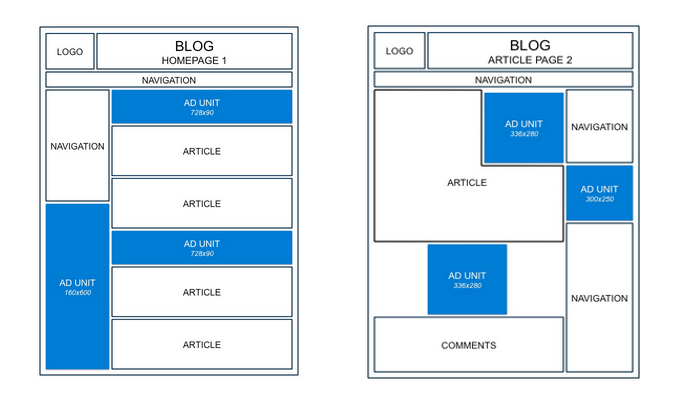
Try to avoid link unit ads : These are ads where one link reveals a number of other ads (usually 5) when clicked. Visitors object to double clicking and then getting an ad. They are either leaving your site or they have learned to never click on these links.
Use the Competitive Ad Filter to block ads from specific competitors – or even ads related to your niche. Why offer your visitors the chance to visit another site that shows what you do! You can block AdSense ads from specific URLs or even entire categories.
Ad Review Center : Another option you have is to block ad categories that don’t pay much per click. You can use this to block ads for categories that are not relevant to your site – or that would rather advertise yourself than allow AdSense to do so.
Advertising platform : There is usually little difference in whether your blog appears on desktop computers, laptops, tablets or mobile phones. However, there are instances where mobile ads can offer a higher CPC, so if you have that option, use it. Make sure your site is available for mobile searches.
Improve the quality of your site : The higher the quality of your website or blog in the eyes of Google’s algorithms or crawlers, the more AdSense for Google ads is likely to offer you. Work for high quality backlinks, make good use of keywords and other on-page SEO and take advantage of Google+ and other social networking sites. You will be more likely to get higher CPC ads for your niche. The extra work can be worth a lot of money!
Top Ways to Increase AdSense CPC: Summary
- Publish a professional article for you
- Share the article on social media platforms
- Create a video for your article
- Keep watching the article
- Publish your article in blogs
